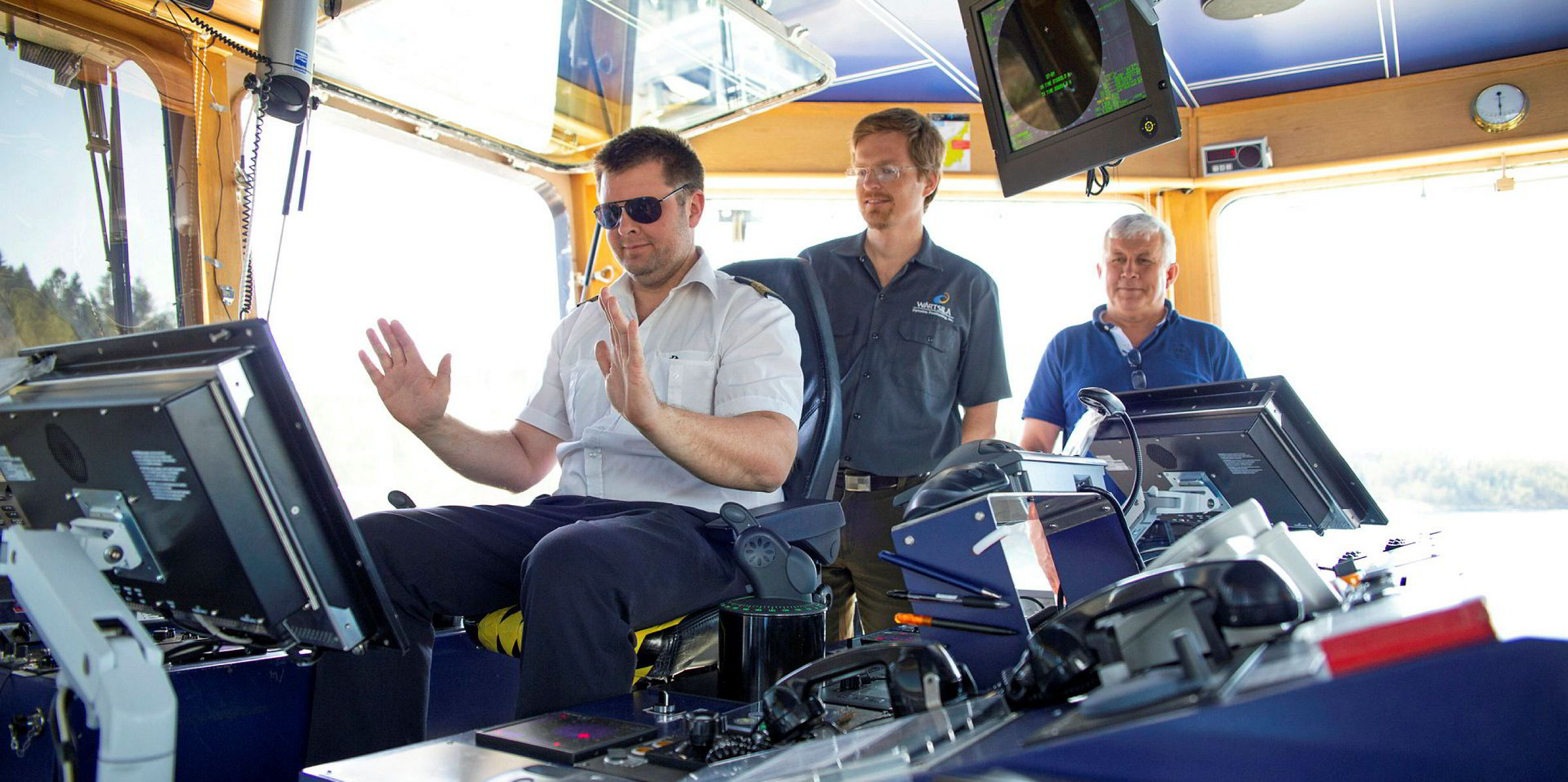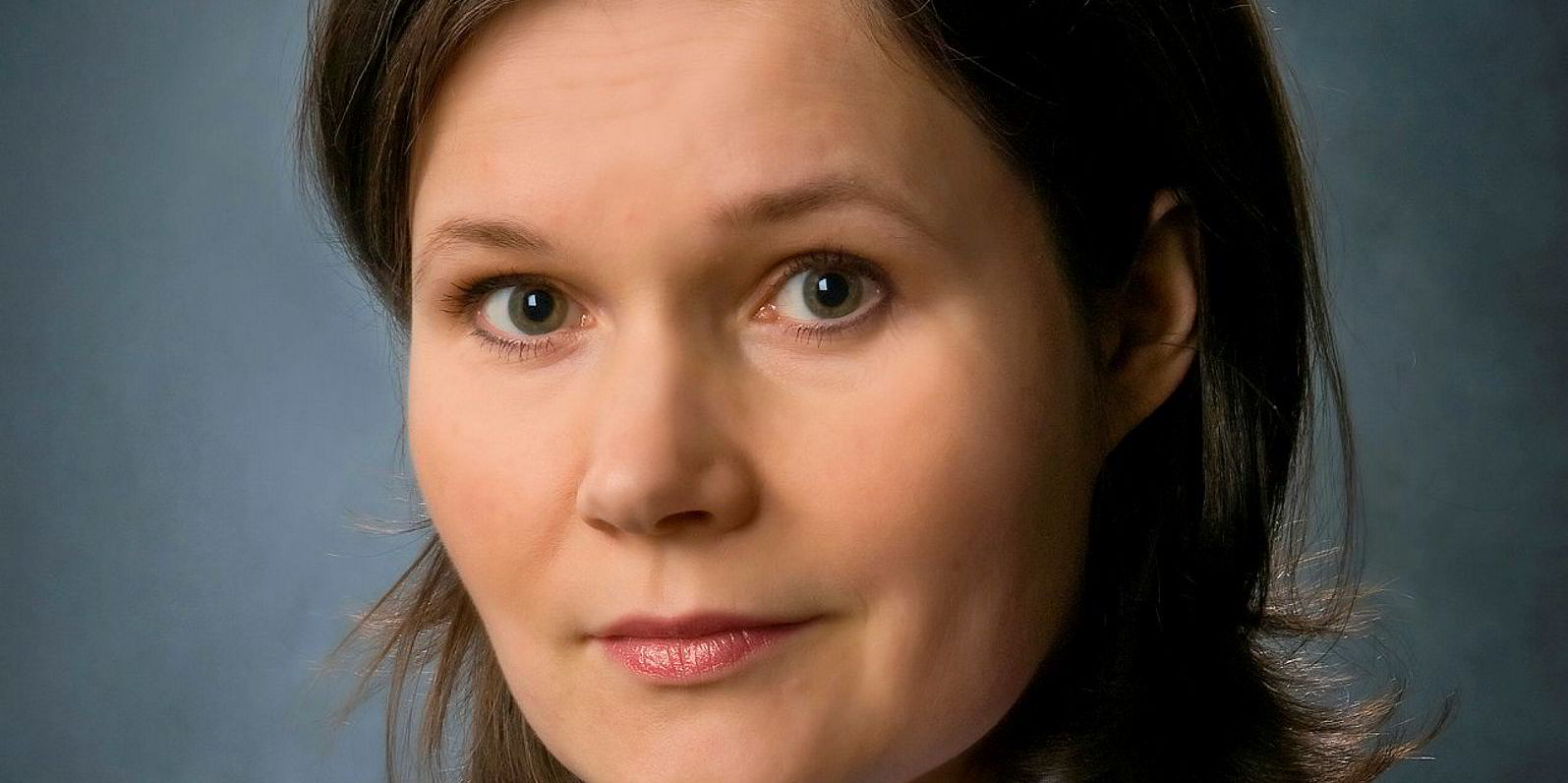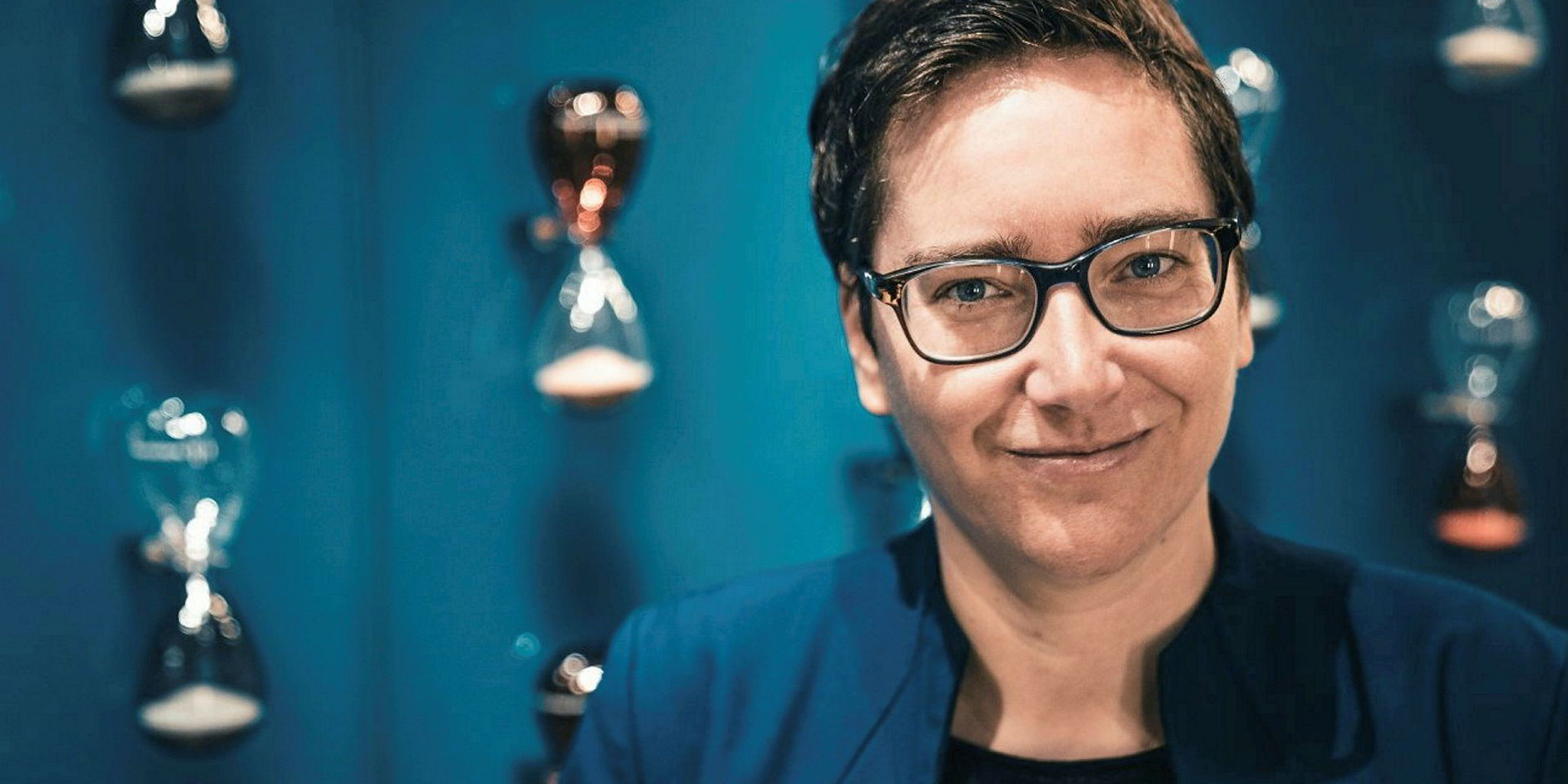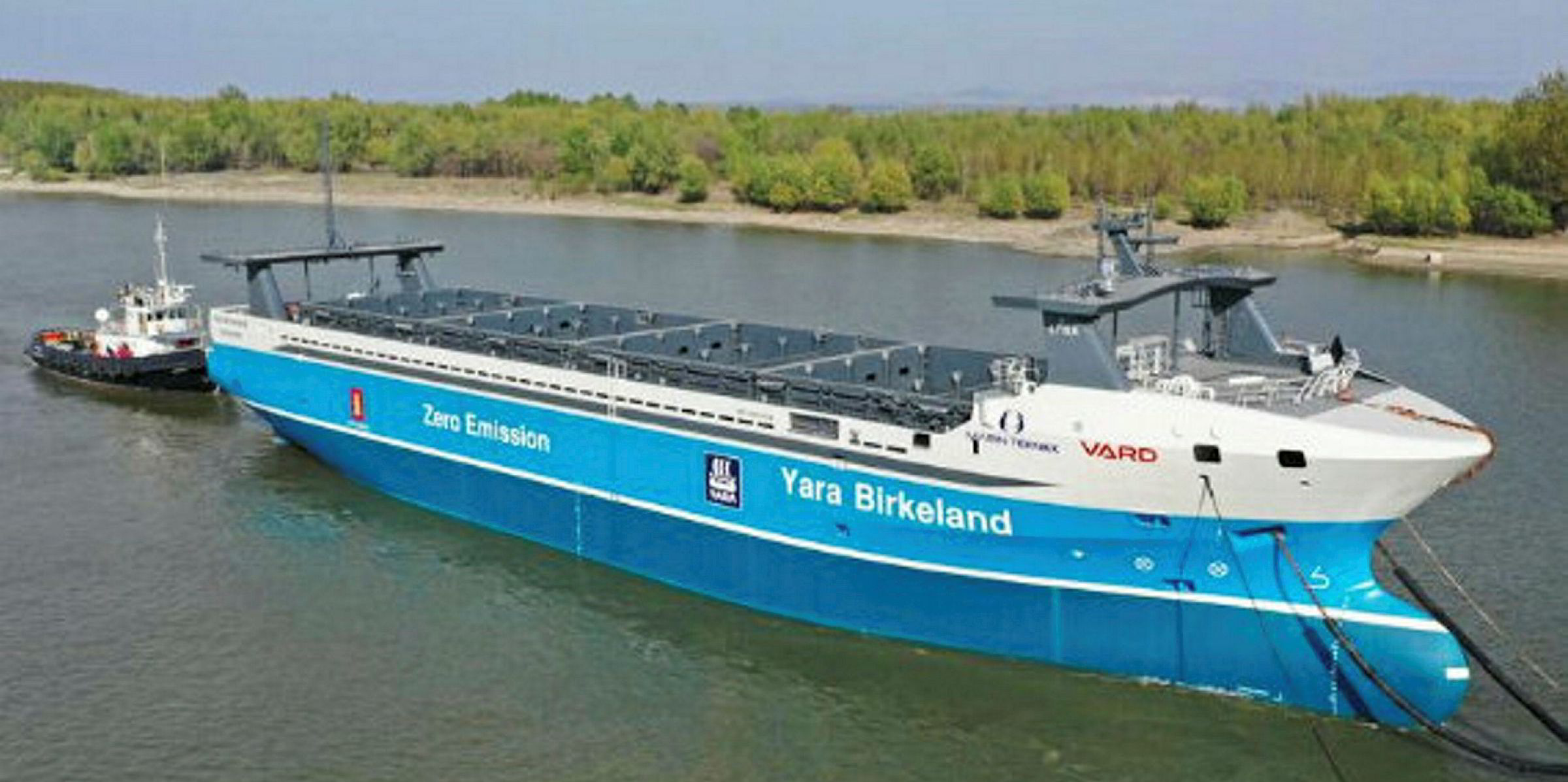Being Finnish helped when Paivi Haikkola was made lead director of One Sea, a company alliance pushing the development of autonomous vessels. That she was a naval architect who was previously head of research and development at Deltamarin was more important.
In fact, Haikkola was the ideal candidate when appointed in 2017 with a brief to help make autonomous commercial maritime applications happen by 2025.
Not only had she spent the last seven years overseeing product developments at ship design and engineering firm Deltamarin, but Haikkola had previously worked on emissions abatement at engine maker Wartsila and as a project specialist at Aker Yards.
As she said: “I felt the whole digitalisation field will be important in maritime.”
Haikkola, though, is quick to concede that One Sea had a Finnish, or in truth slightly wider Nordic, focus at the outset.
Spreading its wings
One reason was that among the first companies to join were the big Nordic technology and engineering groups of Kongsberg, Wartsila and ABB, which, although based in Switzerland, has a big marine presence in Finland. Another was that One Sea was set up by Finnish industrial digitalisation non-profit DIMECC, and the country’s maritime organisations also signed up.
One Sea has spread its wings since, bringing in the likes of Japanese shipowning company NYK Group, which is among the pioneers in vessel automation, and satellite communications group Inmarsat, which brings digital connectivity to the table.
There was quite an interest to join One Sea until Covid-19 came along. There still is the interest, but they are currently fighting fires to be able to discuss things that relate to the future
Paivi Haikkola, lead director of One Sea
“We are interested in owners and operators, but also smaller start-ups taking these technologies forward, which can give a good balance to the bigger companies, as well as technology providers from different fields,” Haikkola said.
Ericsson is an example of a linked technology group, and Awake.AI is a smaller developer of systems to integrate port and vessel operations.
“We are in discussion with several parties from China and the US," Haikkola said. "There was quite an interest to join One Sea until Covid-19 came along. There still is the interest, but they are currently fighting fires to be able to discuss things that relate to the future.”
Setting the parameters of what autonomous shipping fully entails remains a priority.
When Haikkola started at One Sea, she admits it had not specified exactly what kind or level of autonomy would be required or if it meant remote control of ships.
Business case
“But what we have specified quite clearly is that it needs to be commercially viable — not just some kind of pilot or demonstration that is paid for by a government,” she said.
There have been a number of pilot demonstrations.
Notably, Wartsila ran an autonomous dock-to-dock trial in 2018 on Norled’s 1,200-gt passenger and car ferry Folgefonn (built 1998) in southern Norway; ABB and Helsinki City remotely operated the 329-gt passenger ferry Suomenlinna II (built 2004) in the harbour of the Finnish capital; and Rolls-Royce Marine and Finferries made an autonomous 1.5-mile (2.4 km) voyage with the 54-metre, 517-gt car ferry Falco (built 1993).
Haikkola said the public focus at the time was on the one-off sailings, but in each case there had been several months of tests to ensure systems worked.
“It means to me that if we are not fully there, we are at least very close to doing this,” she said.

But definitions are still not fully agreed. One Sea is working on proposals it will put to the International Maritime Organization after the regulator recognised that a scoping exercise to define four levels leading to autonomous operations — agreed last year — is not working well.
“Autonomous is not equivalent to unmanned,” she stressed. “We can have technologies on the ship that will enable it to sail without human touch from one harbour to another and dock.
"But we can have people on board,” she said — for safety, directing cars onto a ferry and taking charge if necessary.
Haikkola added that she believes there is a business case for autonomous ferries, even with the same number of personnel on board. Operational cost savings are derived from reducing power consumption through more efficient machine-controlled crossings.
But she said: “I do agree that we have not been able to quantify on a general level the business case.”
Sneak peek
To answer questions about commercial viability, One Sea has ordered a study from a naval architecture company into business cases for major ship types in various operational profiles. She hopes to get a “sneak peek” at the results by the end of this year or early 2021.
A number of factors are coming together that will help drive progress towards automation.
Cutting greenhouse gas emissions will be a driver as automated functions are a good way to reduce fuel consumption. Shipyards, currently struggling for business, may be more willing to take on totally new designs and ways of building ships that will be required when vessels need to operate as integrated systems themselves.

NYK's involvement recognises that Japanese crews are ageing and there is less willingness among young people to go to sea, but Haikkola said it is illuminating that the first order for a fully autonomous cargo vessel came not from a shipping company, but an agricultural group looking to move cargo — Yara International.
Goals-based regulation
Depressed shipping markets are one reason, but another has been the lack of regulation. Resale values and an international market for autonomous vessels have been held back because so far they can only be used in a single country, such as Norway, which adopts rules allowing them to be operated in its coastal waters.
However, the growing acceptance that goal-based rather than prescriptive regulations are required should see progress on that front at the IMO over the next few years, although insiders point out that changes to the International Convention for the Safety of Life at Sea are unlikely before 2028.
Haikkola has her work cut out in pushing to achieve One Sea’s autonomy goal of 2025.







